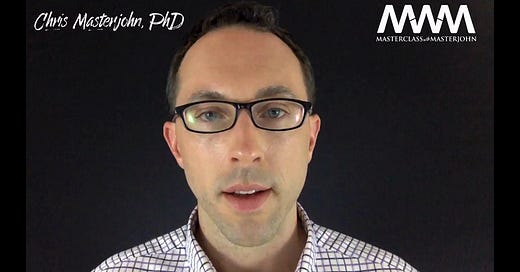If you’re having issues with playing the video above, play this instead:
Most people interested in health and nutrition know that insulin clears glucose from the blood into cells, but it is much less widely appreciated that insulin also makes you burn that glucose for energy.
Insulin stimulates the translocation of GLUT4 to the membrane of skeletal muscle, heart, and adipose cells, and activates hexokinase 2. GLUT4 increases the rate of glucose transport across the cell membrane and hexokinase 2 locks the glucose into the cell, making sure that glucose travels inward rather than outward. Insulin stimulates glycogen synthase, causing you to store glucose as glycogen, but it also stimulates pyruvate dehydrogenase, causing you to burn pyruvate for energy. The key determinant of which one of these you do is the energy status of the cell. Glucose 6-phosphate is needed to activate glycogen synthase, and it only accumulates if high energy status is inhibiting phosphofructokinase. If low energy status is stimulating phosphofructokinase, the net effect of insulin is to irreversibly commit glucose to glycolysis, and then to stimulate the conversion of pyruvate to acetyl CoA, which then enters the citric acid cycle to allow the full combustion of the carbons and maximal synthesis of ATP. Thus, if you need the energy, the net effect of insulin is to make you burn glucose to get that energy.
The audio and video of the first three lessons of this course are available to everyone for preview, but lessons 4-39 are for Masterpass members only. Start a preview from the beginning here. To learn more about the Masterpass, click here.




